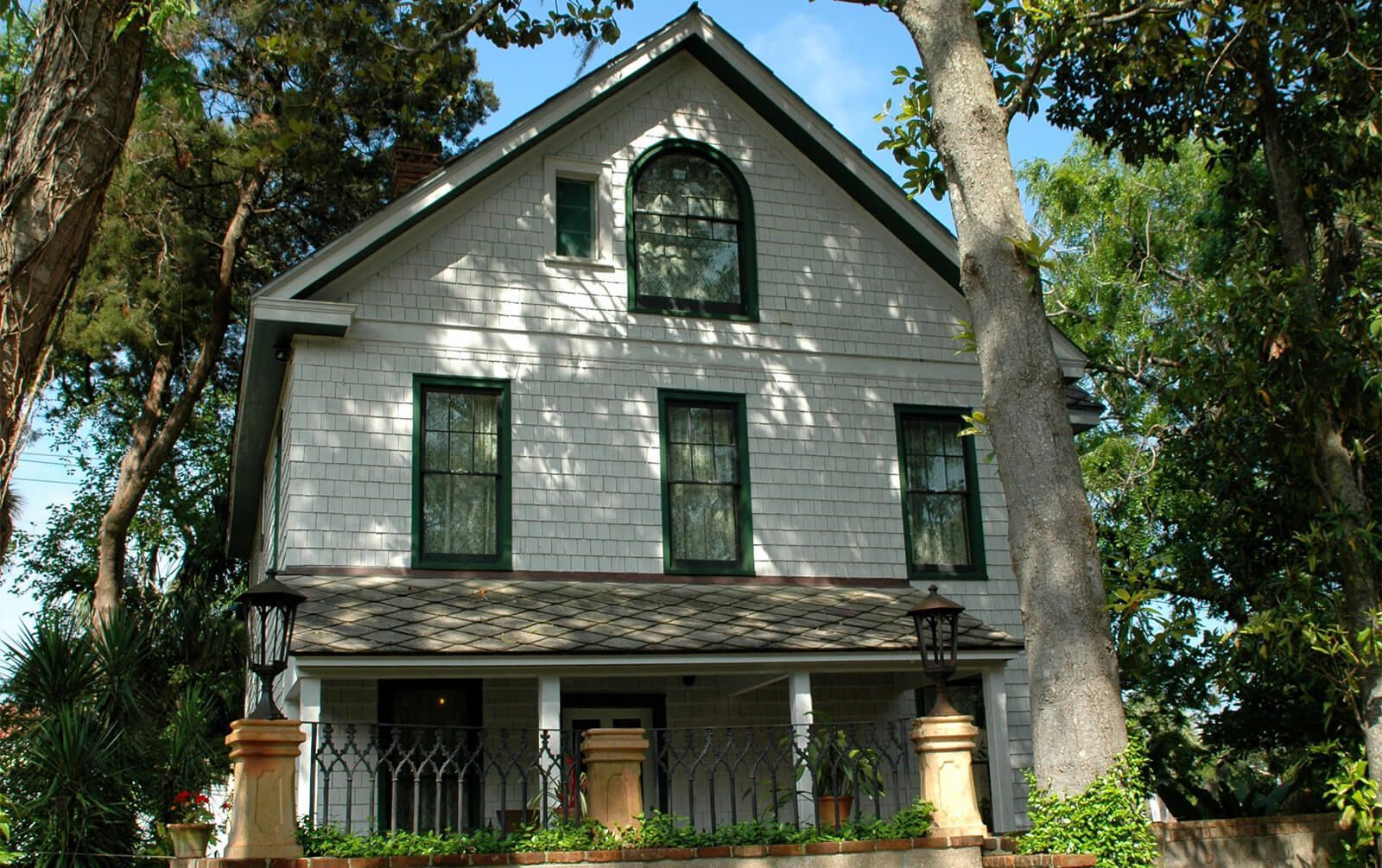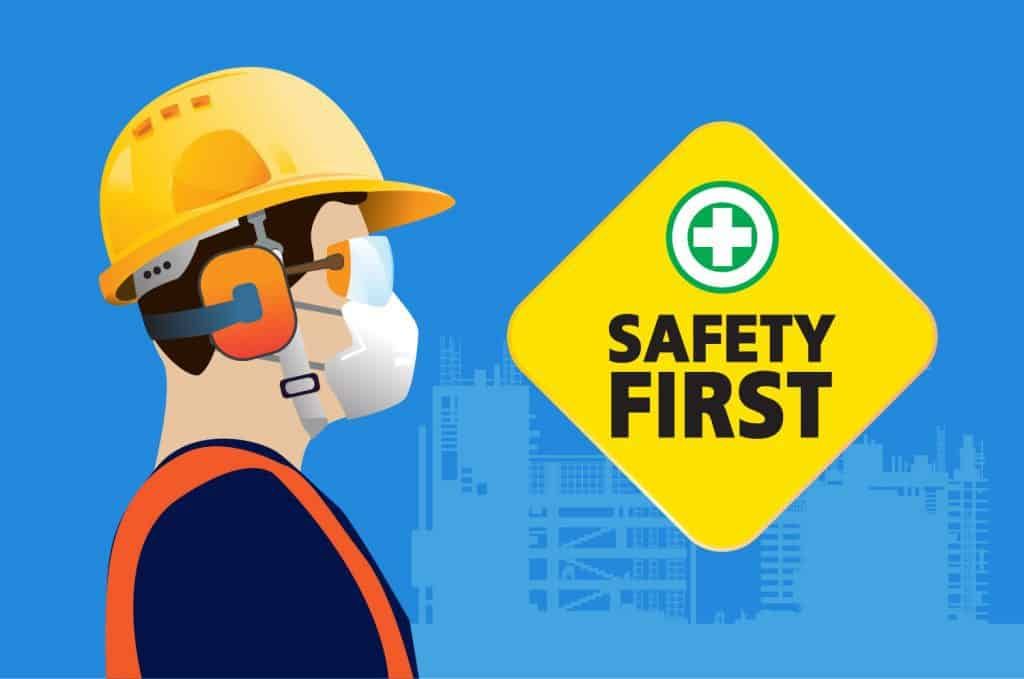How Does Spray Foam Insulation Compare to Traditional Methods in Warren, MI?
Homeowners in Warren, MI often seek the best insulation to enhance energy efficiency, reduce utility costs, and improve indoor comfort. While traditional insulation methods like fiberglass and cellulose have been used for decades, spray foam insulation has gained popularity due to its superior performance. But how does it compare to traditional options? In this guide, we’ll explore the key differences, advantages, and considerations to help you choose the best insulation for your home.
What Is Spray Foam Insulation?
Spray foam insulation is a polyurethane-based material that expands upon application, creating an airtight seal. It is applied as a liquid and hardens into a durable, high-performance insulation layer.
There are two main types of spray foam insulation:
- Open-Cell Spray Foam: Lightweight, flexible, and ideal for
interior walls and soundproofing.
- Closed-Cell Spray Foam: Denser, moisture-resistant, and provides a higher R-value, making it suitable for exterior walls, basements, and crawl spaces.
Comparing Spray Foam Insulation to Traditional Insulation Methods
1. Energy Efficiency and R-Value
The R-value measures insulation effectiveness—the higher the number, the better the insulation.
- Spray Foam Insulation
- Closed-cell spray foam: R-value of 6.0–7.0 per inch
- Open-cell spray foam: R-value of 3.5–4.0 per inch
- Expands to fill cracks, creating an airtight seal
- Reduces air leaks, improving energy efficiency
- Fiberglass Insulation
- R-value of 2.2–3.8 per inch
- More susceptible to air leaks and heat loss
- Can sag or shift over time, reducing effectiveness
- Cellulose Insulation
- R-value of 3.2–3.8 per inch
- Made from recycled paper, offering an eco-friendly option
- Tends to settle over time, requiring maintenance
✅ Winner: Spray Foam Insulation – provides higher energy efficiency and better air sealing.
2. Moisture and Mold Resistance
Moisture can damage insulation, leading to mold growth and reduced efficiency.
- Spray Foam Insulation
- Closed-cell spray foam is water-resistant and prevents mold growth.
- Creates a moisture barrier, ideal for humid climates like Michigan’s.
- Fiberglass Insulation
- Absorbs moisture, leading to mold and mildew issues.
- Requires a vapor barrier to prevent water damage.
- Cellulose Insulation
- Can absorb and retain moisture, leading to mold growth.
- Requires treatment with fire-retardant and anti-mold chemicals.
✅ Winner: Spray Foam Insulation – offers better moisture resistance and mold prevention.
3. Longevity and Durability
The lifespan of insulation determines how often homeowners and commercial building need to replace or maintain it.
- Spray Foam Insulation
- Can last 50+ years with minimal maintenance.
- Doesn’t sag, settle, or deteriorate over time.
- Fiberglass Insulation
- Lasts 15–20 years but may require replacement due to moisture damage.
- Can compress over time, reducing effectiveness.
- Cellulose Insulation
- Lasts 20–30 years but settles over time, reducing performance.
- May need additional layers after several years.
✅ Winner: Spray Foam Insulation – longer-lasting and more durable.
4. Cost Comparison
The upfront cost of insulation varies, but long-term savings should be considered.
- Spray Foam Insulation
- Higher upfront cost but greater long-term energy savings.
- Can lower heating and cooling bills by up to 50%.
- Fiberglass Insulation
- Lower upfront cost, but higher long-term energy costs.
- Requires frequent maintenance and replacements.
- Cellulose Insulation
- Moderate upfront cost, but may need replenishing over time.
- Less effective at sealing air leaks compared to spray foam.
✅ Winner: Depends on budget – Spray foam has a higher initial investment but offers better long-term savings.
5. Environmental Impact
Eco-conscious homeowners look for insulation that reduces environmental harm.
- Spray Foam Insulation
- Reduces energy consumption, lowering carbon footprint.
- Some formulations use eco-friendly blowing agents.
- Fiberglass Insulation
- Requires significant energy to produce.
- Contains synthetic materials and chemical binders.
- Cellulose Insulation
- Made from recycled materials, making it the most eco-friendly option.
- May require chemical treatments for fire and mold resistance.
✅ Winner: Cellulose Insulation – most eco-friendly, but spray foam is better for long-term energy efficiency.
Which Insulation is Best for Warren, MI Homes?
The best insulation choice depends on your priorities:
- For maximum energy efficiency – Spray foam insulation is the best choice.
- For budget-conscious homeowners – Fiberglass insulation is more affordable.
- For eco-friendly insulation – Cellulose insulation is the most sustainable option.
For moisture-prone areas – Closed-cell spray foam provides the best moisture resistance.
Should You Choose Spray Foam Insulation?
insulation outperforms them in terms of energy efficiency, durability, and moisture resistance.
If you’re looking to reduce energy bills, improve home comfort, and invest in long-term insulation solutions, spray foam insulation is the best option for Warren, MI homeowners.
Looking for expert insulation services in Warren?
Contact Superior Spray Foam Insulation of Warren today to assess your home and get a custom insulation solution that fits your needs!








